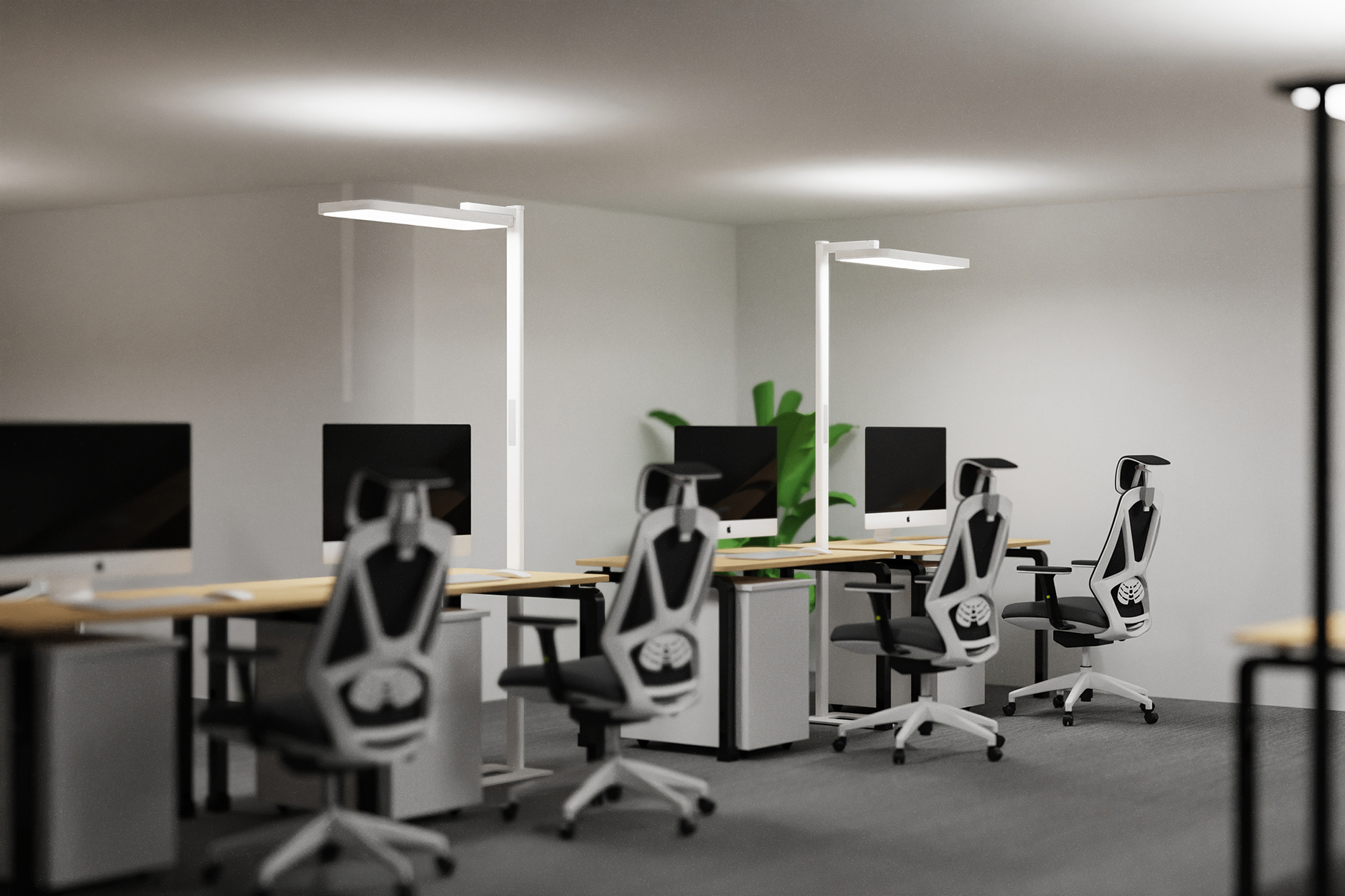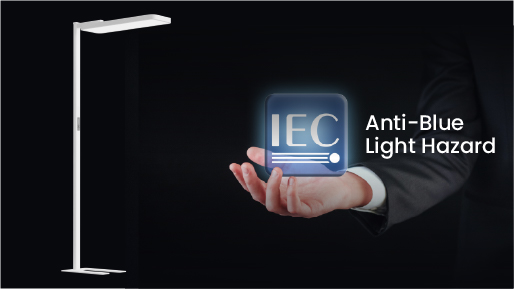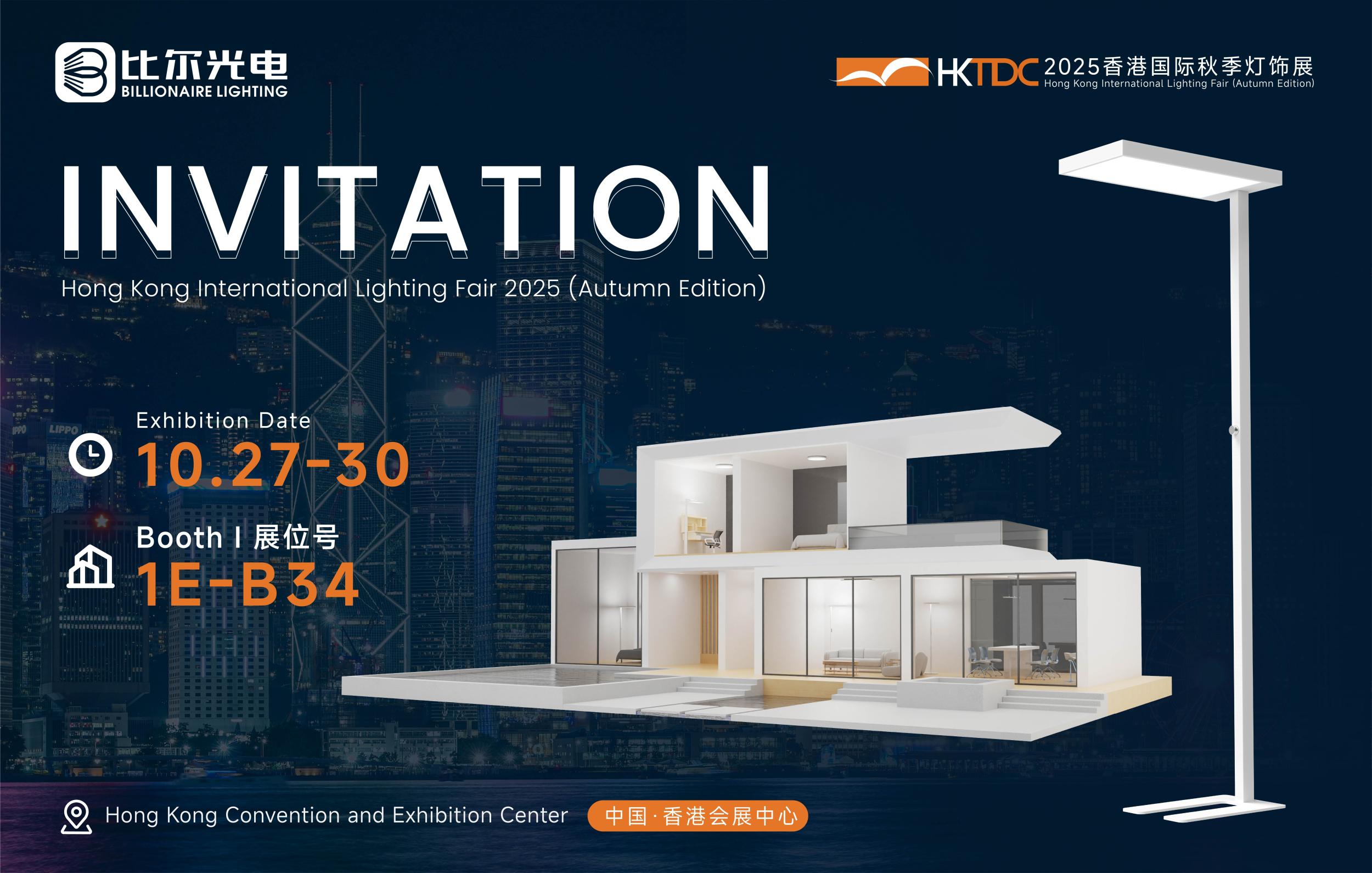I. Introduction to Stehleuchte
Stehleuchte, which can be translated as "hand lantern" or "portable lantern" in English, has a long and rich history. These portable lighting devices have been an essential part of human life for centuries, evolving from simple candle - based designs to highly sophisticated electrical and battery - powered models.
The significance of Stehleuchte lies not only in its practical function of providing light in the dark but also in its cultural and historical importance. In the past, when electricity was not widely available, Stehleuchte was a crucial source of illumination for people during the night, whether they were moving around indoors or outdoors. They were used in a variety of settings, such as in homes, during camping trips, in mines, and for various industrial and agricultural activities.
II. Historical Development of Stehleuchte
The earliest forms of Stehleuchte can be traced back to ancient civilizations. In those times, lanterns were often made of materials such as clay, metal, or wood and used candles or oil lamps as the source of light. These primitive lanterns were designed to protect the flame from the wind and other elements, allowing for a more stable and consistent source of illumination.
During the Middle Ages, Stehleuchte became more common. They were used by travelers, night watchmen, and people working in dark places such as cellars and storerooms. The design of the lanterns continued to evolve, with improvements in the materials used and the construction techniques. For example, some lanterns were made with metal frames and glass panels to provide better protection for the light source and to allow for a brighter illumination.
With the advent of the industrial revolution, new materials and manufacturing techniques became available. This led to the development of more advanced Stehleuchte. Gas - powered lanterns emerged, which offered a more intense and reliable source of light compared to candles and oil lamps. Later, as electricity was discovered and harnessed, electric Stehleuchte came into being. These early electric lanterns were bulky and required a connection to a power source, but they marked a significant step forward in the evolution of portable lighting.
In the modern era, the development of battery technology has revolutionized the design and functionality of Stehleuchte. Today, we have a wide variety of battery - powered portable lanterns that are lightweight, efficient, and highly portable. These lanterns come in different shapes, sizes, and designs, and they are used for a multitude of purposes, from camping and hiking to emergency preparedness and power outages.
III. Components and Design of Stehleuchte
A. Light Source
One of the most important components of a Stehleuchte is the light source. In traditional lanterns, candles or oil lamps were used. Candles provided a soft, warm light but had a limited lifespan and could be easily extinguished by the wind. Oil lamps, on the other hand, offered a more stable light source but required a supply of oil and a wick that needed to be adjusted regularly.
In modern Stehleuchte, the most common light sources are incandescent bulbs, fluorescent tubes, and light - emitting diodes (LEDs). Incandescent bulbs were widely used in the past due to their simplicity and low cost. However, they are not very energy - efficient and have a relatively short lifespan. Fluorescent tubes are more energy - efficient than incandescent bulbs but are more fragile and require a special ballast to operate. LEDs have emerged as the preferred light source in recent years due to their high energy efficiency, long lifespan, and durability. LEDs can produce a bright, white light and are available in different colors and intensities.
B. Power Source
The power source is another crucial component of a Stehleuchte. In the past, when candles and oil lamps were used, the power source was the fuel itself (wax or oil). With the development of electric and battery - powered lanterns, the power source has changed.
For electric Stehleuchte, the power source can be a direct connection to an electrical outlet or a rechargeable battery. Rechargeable batteries offer the advantage of portability and can be recharged using a charger. Different types of rechargeable batteries are available, such as nickel - cadmium (Ni - Cd), nickel - metal hydride (Ni - MH), and lithium - ion (Li - ion) batteries. Lithium - ion batteries are currently the most popular due to their high energy density, low self - discharge rate, and long lifespan.
For battery - powered Stehleuchte, disposable batteries can also be used. These include alkaline batteries, which are widely available and relatively inexpensive. However, they have a limited lifespan and need to be replaced regularly.
C. Housing and Enclosure
The housing and enclosure of a Stehleuchte are designed to protect the internal components and to provide a safe and convenient way to hold and carry the lantern. The housing can be made of various materials, such as plastic, metal, or a combination of both.
Plastic housings are lightweight and inexpensive, making them ideal for mass - produced, consumer - oriented Stehleuchte. They can be molded into different shapes and designs and are often shock - resistant. Metal housings, on the other hand, are more durable and can provide better protection against impacts and the elements. They are often used in industrial and professional - grade Stehleuchte.
The enclosure of the lantern also includes features such as a handle for easy carrying, a switch for turning the light on and off, and ventilation holes to prevent overheating. Some lanterns also have a reflector or a lens to direct and focus the light.
D. Additional Features and Accessories
Many modern Stehleuchte come with additional features and accessories to enhance their functionality and usability. Some of these features include:
· Dimming function: Allows the user to adjust the brightness of the light according to their needs.
· Multiple lighting modes: Such as a high - intensity mode for maximum illumination, a low - intensity mode for extended battery life, and a strobe mode for emergency signaling.
· Built - in power bank: Some lanterns can be used to charge other devices such as smartphones and tablets.
· Hanging hook: Allows the lantern to be hung from a tent, tree branch, or other objects for hands - free use.
IV. Applications of Stehleuchte
A. Outdoor Activities
Stehleuchte is widely used in outdoor activities such as camping, hiking, fishing, and hunting. They provide a convenient source of light during the night, allowing users to see their surroundings, set up camp, cook food, and navigate in the dark. Battery - powered and rechargeable lanterns are particularly popular for these activities as they are lightweight and easy to carry.
B. Emergency Preparedness
In the event of a power outage, natural disaster, or other emergency situations, Stehleuchte can be a lifesaver. They provide a reliable source of light when the electrical grid fails, allowing people to move around safely, find essential items, and perform necessary tasks. Many households and businesses keep emergency lanterns on hand for such occasions.
C. Industrial and Professional Use
Stehleuchte is also used in various industrial and professional settings. For example, they are used in construction sites, mines, warehouses, and factories to provide illumination in areas where there is no natural light or where electrical wiring is not available. Professional - grade lanterns are designed to be durable and reliable, with features such as explosion - proof enclosures for use in hazardous environments.
D. Decorative and Ambiance Lighting
Some Stehleuchte are designed for decorative and ambiance lighting purposes. These lanterns often have a unique design and can be used to create a warm and inviting atmosphere in gardens, patios, and indoor spaces. They can be used for parties, weddings, and other special occasions.
V. Safety Considerations and Maintenance of Stehleuchte
A. Safety Considerations
When using Stehleuchte, it is important to follow some safety guidelines to prevent accidents and ensure the safety of the user and others. Some of these safety considerations include:
· Avoid using lanterns with damaged or faulty components.
· Keep the lantern away from flammable materials such as curtains, bedding, and gasoline.
· Do not leave the lantern unattended when it is turned on.
· Use the appropriate type of lantern for the intended environment (e.g., explosion - proof lanterns for hazardous areas).
B. Maintenance
To ensure the proper functioning and longevity of a Stehleuchte, regular maintenance is required. Some maintenance tips include:
· Clean the lantern regularly to remove dust, dirt, and debris.
· Check the batteries regularly and replace them when they are depleted.
· Inspect the light source and replace it if it is burned out or damaged.
· Store the lantern in a cool, dry place when not in use.
Conclusion
Stehleuchte has come a long way from its humble beginnings as a simple candle - based lantern. Today, we have a wide variety of portable lanterns that are designed to meet the diverse needs of users in different settings. From outdoor activities to emergency preparedness and industrial use, Stehleuchte continues to play an important role in providing light in the dark. With the continuous development of new materials, technologies, and designs, we can expect to see even more advanced and innovative Stehleuchte in the future.



